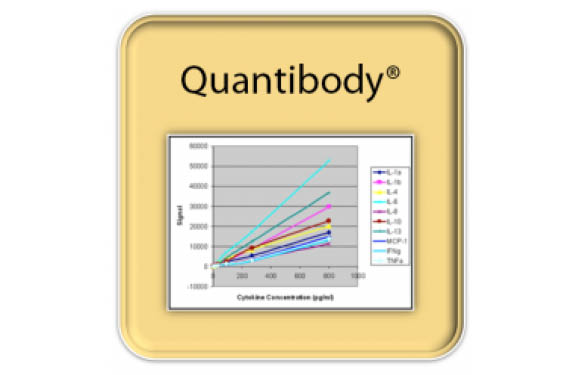In previous posts, we have discussed about whether samples should be pooled, how much (and if) they should be diluted, and how biologicals can affect the final results…and the biomarkers that you find.
Today, we will discuss some cases where preparation of samples per se can affect the final outcome of your experiment. And for some markers, in some dramatic way.
Case #1 – MMPs
MMPs, o Matrix metalloproteases, are important markers in a variety of diseases and physiological status (e.g. in multiple sclerosis) (1). They are very often quantified in serum or plasma. Serum does not pose any major problems, but the way plasma is collected and stored can have an impact.
For example, it is not recommended to use EDTA if plasma samples are to be used to study MMP-9 or MMP-2. For MMP-9, EDTA can increase its levels, while it decreases the obtained values for MMP-2 (2). At least for these two specific markers, use of citrate (or better still, heparine) buffers is recommended. This has been known for quite some time, but it is important to remember about these little things when starting a study on biomarkers.
This is specially crucial when a broad biomarker profiling is performed. In this cases, you may have to collect your plasma in different buffers, and analyse MMP-9 and MMP-2 by individual ELISA rather than using an antibody array.
 In any case, if you are studying MMP-9, remember to use a face mask at all times. Saliva has measurable levels of MMP-9… so in fact, you may be measuring your own MMP-9 levels rather than the ones present in the patient’s sample.
In any case, if you are studying MMP-9, remember to use a face mask at all times. Saliva has measurable levels of MMP-9… so in fact, you may be measuring your own MMP-9 levels rather than the ones present in the patient’s sample.
All these tricks are usually mentioned in the manuals of ELISAs and antibody arrays… so be sure to read them! (or contact the Biomarkers team at tebu-bio).
Case #2 – FBS in cell culture supernatants
Finally, for cell culture supernatants, maximum amount of FBS should be under 0.2 %. At least theoretically.
At the Biomarkers team at tebu-bio, we have seen that for many cases, FBS levels up to 2 % are still acceptable. For levels over this %, we recommend to run a medium-only control. It’s not that we will always see non-specific cross-reactivity of FBS cytokines in arrays or ELISA tests… but we see this in about 10 % of the cases. This is common to all manufacturers, all products based on antibody detection.
Running a medium-only control allows to at least substract the values obtained in the control, and consider them as background noise. This usually works quite fine. Only in exceptional cases, non-specific cross-reactivity levels affect the whole experiment, in which case we recommend to lower the FBS amount in the medium, always that this does not affect viability of the cells or changes their physiology.
Any other tips & tricks that you would like to share? Please leave your comments!
References
1.- doi: 10.1177/1352458509348421.
2.- doi: 10.1373/clinchem.2004.041707.




